Oman stands as a captivating crossroads of ancient civilizations, where the whispers of history echo through rugged mountains, vast deserts, and shimmering coastlines. This Arabian gem preserves a tapestry of cultural treasures that transport visitors back through millennia, offering profound insights into human ingenuity and resilience. Among these, the UNESCO World Heritage Sites in Oman serve as timeless portals, revealing stories of trade empires, architectural prowess, and harmonious coexistence with nature. These Oman heritage sites not only highlight the nation’s rich past but also inspire a deep appreciation for how traditions endure in a modern world. Exploring them evokes a sense of wonder, as each location unfolds layers of narrative that connect the present to ancient epochs, reminding us of the enduring legacy of Omani culture.
Exploring Bahla Fort: A Majestic Pillar of Oman Heritage Sites
Nestled in the heart of Oman’s Dakhiliyah region, Bahla Fort emerges like a colossal guardian from the desert landscape, its mud-brick walls standing as a testament to medieval Islamic architecture. This UNESCO World Heritage Site in Oman, inscribed in 1987, captures the essence of a fortified oasis settlement that once thrived under the Banu Nebhan tribe from the 12th to the 15th century. The fort’s prosperity stemmed from its strategic position, fostering the spread of Ibadism – a branch of Islam that influenced regions far beyond Oman, reaching into Arabia, Africa, and beyond.
The architectural grandeur of Bahla Fort is mesmerizing, with its towering walls and rounded towers crafted from mud bricks atop stone foundations, embodying pre-gunpowder defensive strategies. Visitors are drawn into a labyrinth of structures, including the adjacent Friday Mosque with its intricately sculpted mihrab, a prayer niche that speaks volumes about the artistic flair of the era. Surrounding the fort, an extensive wall known as the sur encloses traditional vernacular houses, audience halls, bathhouses, and a network of falaj channels – ancient irrigation systems that sustained life in this arid environment. The semi-covered souq, with its carved timber doors and window screens, hints at a vibrant craft tradition that once bustled with traders and artisans.
What makes Bahla Fort an iconic Oman heritage site is its reflection of elite power and communal harmony. The settlement pattern, integrated with water management, showcases early engineering skills that turned a harsh desert into a flourishing oasis. Imagine the fort’s parapets silhouetted against a sunset, evoking the resilience of communities that defended their way of life while nurturing cultural exchanges. Conservation efforts have been pivotal; after being listed as endangered in 1988 due to decay from seasonal rains, dedicated restoration using traditional earthen materials restored its splendor by 2004. Today, under the protection of Oman’s National Heritage Law, a management plan ensures its preservation, including electrification and a site museum that enriches the visitor experience.
Traveling to Bahla offers more than historical facts – it’s an immersion into Oman’s cultural heritage, where the air carries the scent of ancient spices and the stones whisper tales of tribal alliances. The fort’s authenticity remains intact, though challenges like the abandonment of some houses underscore the need for ongoing stewardship. For those seeking UNESCO places to visit in Oman, Bahla Fort promises a journey that stirs the soul, blending awe-inspiring architecture with the quiet poetry of desert life.
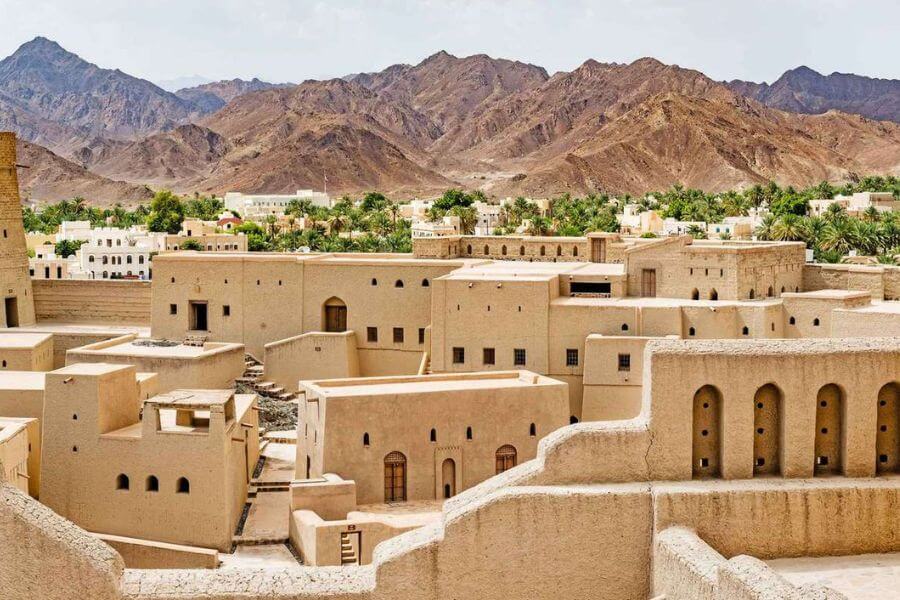
Unearthing the Mysteries of Bat, Al-Khutm, and Al-Ayn: Premier UNESCO World Heritage Sites in Oman
In the Al-Dhahira Governorate, the Archaeological Sites of Bat, Al-Khutm, and Al-Ayn unfold as a breathtaking chronicle of Bronze Age ingenuity, inscribed on the UNESCO list in 1988. These Oman historical landmarks represent one of the most intact ensembles of 3rd millennium BCE settlements and necropolises, painting a vivid picture of ancient social structures and trade networks. Linked to the fabled land of Magan, a copper-rich hub mentioned in Mesopotamian texts, these sites reveal how long-distance commerce with Mesopotamia and possibly the Indus Valley shaped early civilizations.
At the heart lies Bat, integrated into a modern village yet preserving monumental stone towers and vast necropolises. The “beehive” tombs of the Hafit period dot rocky slopes, while cairn tombs terrace riverbanks, evoking a profound sense of continuity between life and death. Al-Khutm, nearby, boasts a unique tower with dressed limestone blocks, showcasing advanced masonry. Further afield, Al-Ayn’s Qubur Juhhal necropolis features elaborate multi-chambered tombs, standing sentinel over the landscape like silent guardians of forgotten rituals.
The historical context here is electrifying: these sites illustrate hierarchical societies, with circular towers contrasting humble rectangular homes, signaling shifts driven by trade prosperity. Quarries and workshops nearby demonstrate the full cycle of stone extraction and building, offering a glimpse into the labor and innovation that sustained these communities. Preservation has been a collaborative triumph, involving international experts since 2004, with efforts like fencing, geophysical surveys, and tower restorations safeguarding against erosion and modern encroachments. Managed by Oman’s Ministry of Heritage and Culture, a new plan emphasizes tourism alongside protection, planning a museum to enhance understanding.
Venturing into these heritage sites in Oman stirs an almost tangible connection to our ancestors, as the sun casts long shadows over tombs that have withstood millennia. The evolution of funeral practices at Bat, from simple to complex, mirrors human progress, inviting reflection on mortality and legacy. As UNESCO places to visit in Oman, they offer not just ruins but a narrative of resilience, where the desert’s stark beauty amplifies the ingenuity of those who once thrived here.
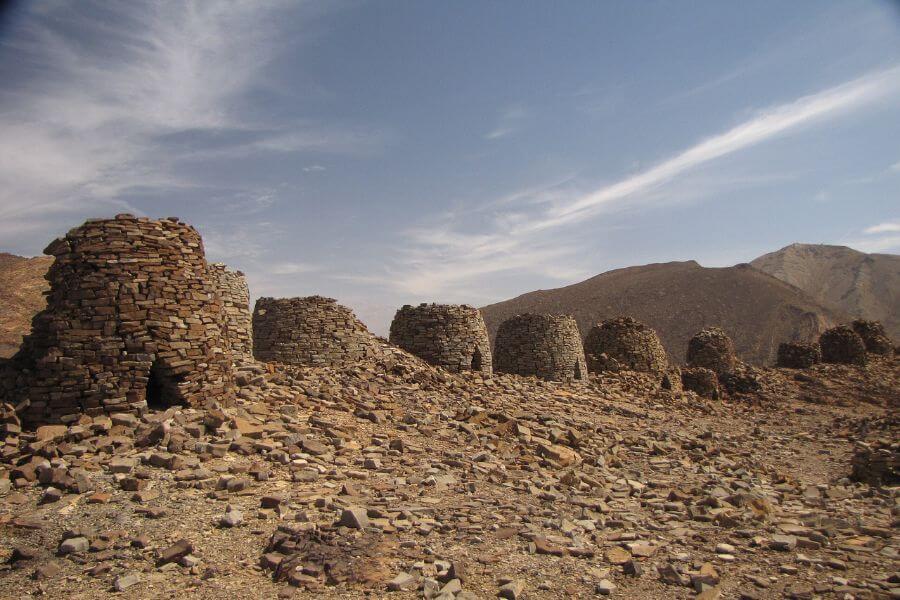
Traversing the Land of Frankincense: Essence of Oman Cultural Heritage
The Land of Frankincense, inscribed in 2000, weaves a fragrant thread through Oman’s southern Dhofar region, encompassing Wadi Dawkah, Shisr/Wubar, Khor Rori, and Al-Baleed. This UNESCO World Heritage Site in Oman encapsulates the ancient trade in frankincense – a resin prized as a luxury in antiquity, symbolizing wealth and spirituality across empires. From Neolithic times to the Islamic period, these components highlight production, oasis sustenance, and maritime ports that linked Oman to the world.
Wadi Dawkah’s boswellia sacra trees, resilient in extreme heat, produce the resin still harvested today, their groves a living testament to ecological adaptation. Shisr, an inland oasis, provided vital water for caravans traversing the Rub al Khali, facilitating the journey from hinterland to coast. Khor Rori, a fortified harbor founded in the 1st century, controlled incense flows, its hilltop defenses overlooking a natural inlet that buzzed with ships for centuries. Al-Baleed, thriving from the 8th to 16th centuries, connected to the “Silk Road to the Sea,” trading with Ming China and beyond.
Ecologically and culturally, this site resonates deeply, illustrating how nature and human ambition intertwined. The medieval fortified settlements exemplify Persian Gulf architecture, their ruins evoking the hustle of markets and the aroma of incense-laden air. Protection under royal decrees includes fenced zones and interpretation centers, ensuring integrity amid tourism growth. Management plans balance visitor access with conservation, using paths and sacrificial layers to shield archaeology.
Exploring the Land of Frankincense among Oman heritage sites awakens a sensory adventure, where the wind carries echoes of ancient merchants and the landscape reveals layers of global interconnectedness. It stands as a beacon of Oman cultural heritage, reminding us how a simple resin forged empires and enduring traditions.
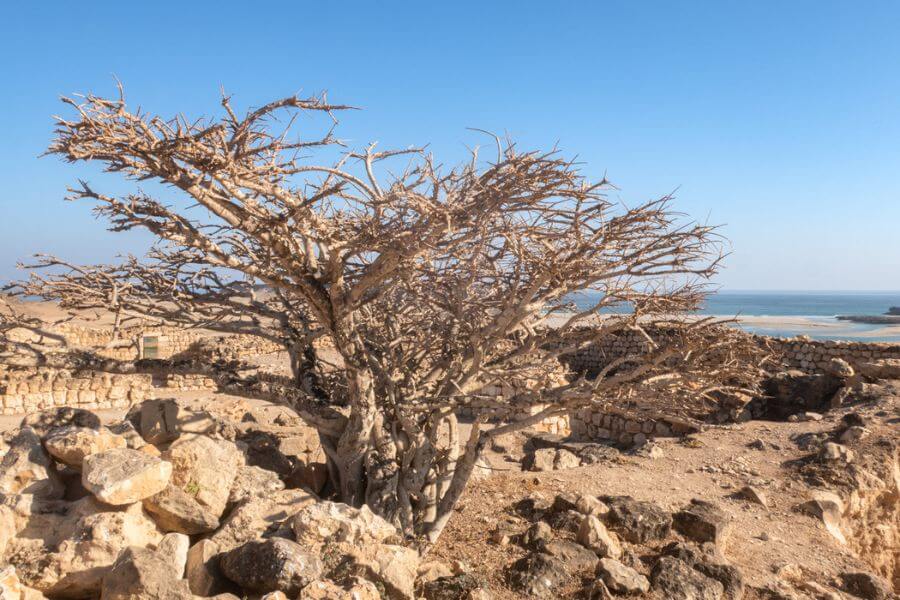
Aflaj Irrigation Systems: Ingenious Oman Historical Landmarks – One of UNESCO World Heritage Sites in Oman
The Aflaj Irrigation Systems of Oman, added to the UNESCO roster in 2006, exemplify sustainable engineering that has quenched the thirst of arid lands for over 2,500 years. These Oman heritage sites, represented by five exemplary systems like Falaj Daris and Falaj Malki, channel water through gravity-fed networks, transforming deserts into verdant oases. Originating possibly in 500 AD but with roots in prehistoric times, they underscore communal ingenuity in water management.
Engineered with aqueducts, siphons, and mountain-carved channels, the aflaj – categorized by sources like springs or underground aquifers – distribute water via time-shares monitored by sundials. This fair system, rooted in astronomical observations, supports agriculture and settlements, with associated structures like watchtowers and mosques reflecting adaptive architecture. Falaj Muyasser preserves traditional practices, while Falaj Khatmein integrates civic and farming uses, each site a microcosm of cultural landscapes.
Historically, these systems enabled societal evolution, fostering mutual dependence and equitable resource sharing that persists today, supplying 30-50% of Oman’s water. Threats like dropping water tables and urbanization are countered by royal decrees and a dedicated management section, ensuring sustainability.
Encountering these Oman historical landmarks inspires admiration for the harmony between humans and environment, where flowing channels symbolize life’s persistence. As UNESCO places to visit in Oman, the aflaj invite contemplation on innovation’s timeless value, blending functionality with profound beauty.
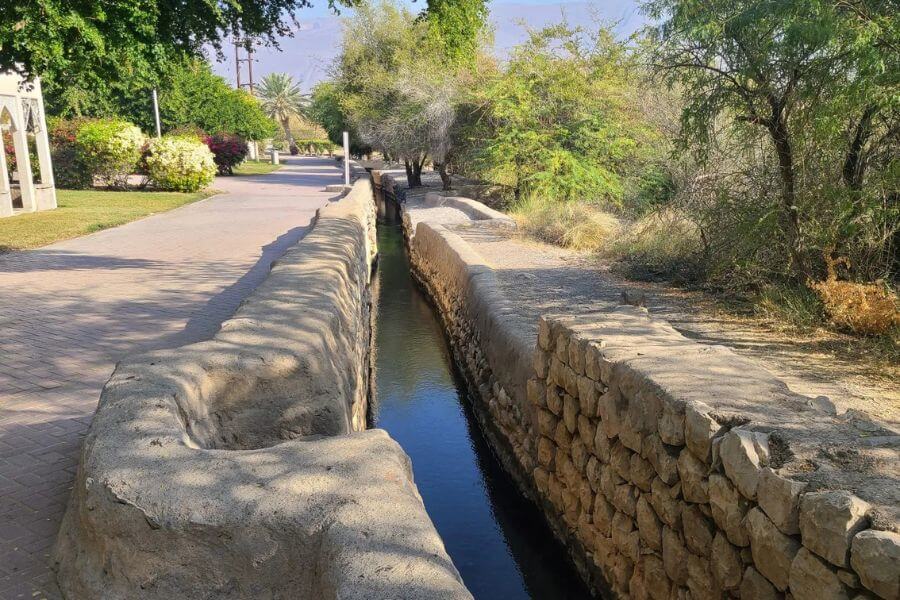
Rediscovering the Ancient City of Qalhat: Timeless UNESCO World Heritage Sites in Oman
Perched on Oman’s eastern coast, the Ancient City of Qalhat, inscribed in 2018, revives the glory of a 11th-15th century port under the Hormuz princes. This UNESCO World Heritage Site in Oman, spanning 35 hectares, was a bustling hub for maritime trade, linking Arabia with Africa, India, China, and Southeast Asia. Abandoned after Portuguese incursions in the 16th century, its ruins preserve an urban legacy of walls, streets, and multicultural architecture.
Archaeological remains reveal a cosmopolitan city, with houses showing foreign influences and necropolises outside fortified boundaries. As a secondary capital, Qalhat exported horses, dates, and pearls, its strategic location fostering cultural interchanges that shaped the Kingdom of Hormuz.
Conservation, under national decrees, includes a 2018 management plan, with the site currently closed for excavations to protect its integrity. Future reopening promises controlled access, reactivating traditional guardianship.
Delving into Qalhat among heritage sites in Oman evokes the thrill of discovery, where sea breezes mingle with tales of distant voyages. It stands as a poignant reminder of fleeting empires, enriching our understanding of Oman’s pivotal role in global history.
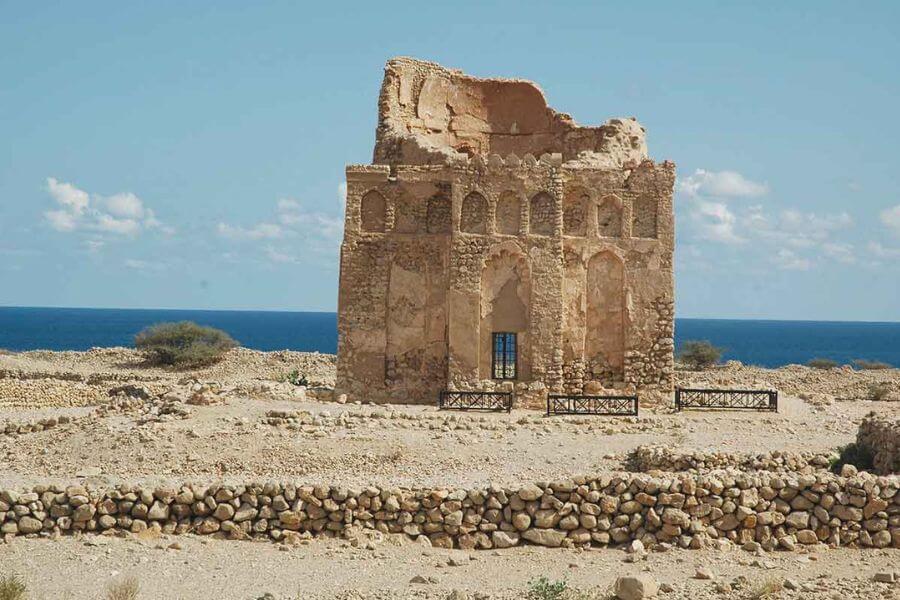
Embracing Oman’s Enduring Legacy
The UNESCO World Heritage Sites in Oman collectively offer a profound glimpse into history, from fortified oases and Bronze Age mysteries to fragrant trade routes and ingenious waterworks. These Oman heritage sites not only preserve physical remnants but also nurture a spirit of cultural continuity, inviting deeper appreciation for the nation’s contributions to humanity. As guardians of the past, they foster a sense of shared wonder and respect for traditions that have weathered time.
For those inspired by these narratives, consider planning a journey to Oman – perhaps starting with a guided tour of these treasures to experience their magic firsthand. Such explorations promise memories that linger long after the desert sands have settled.

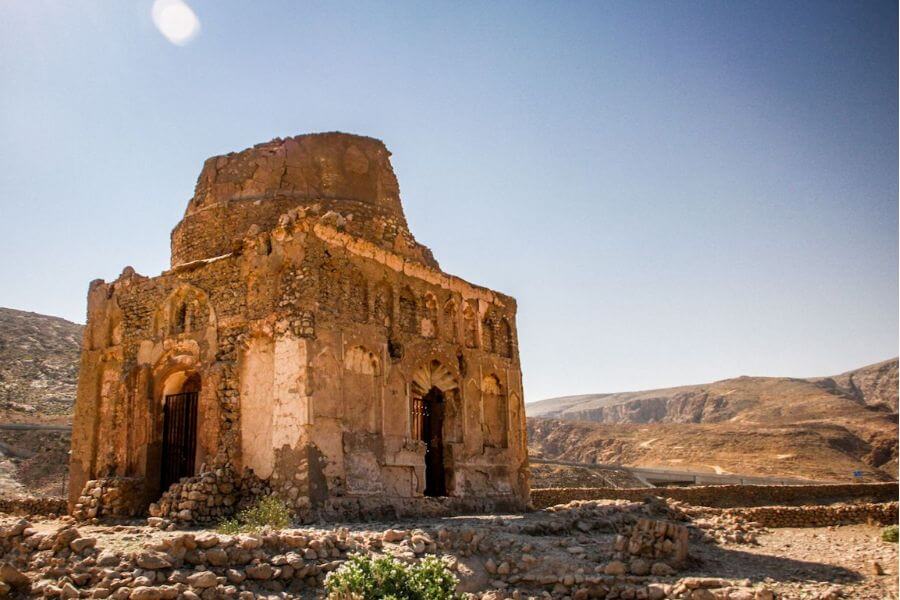
0 Comment